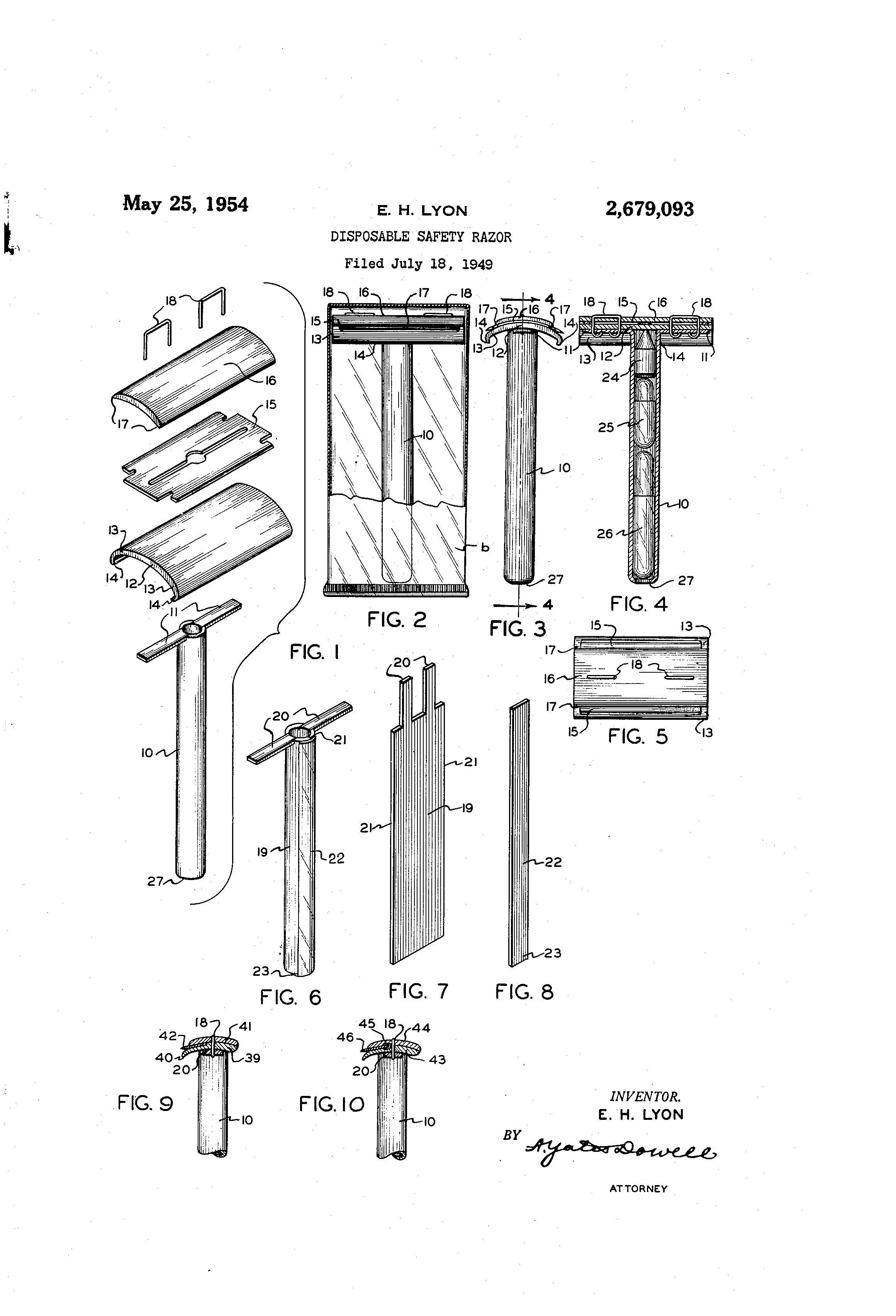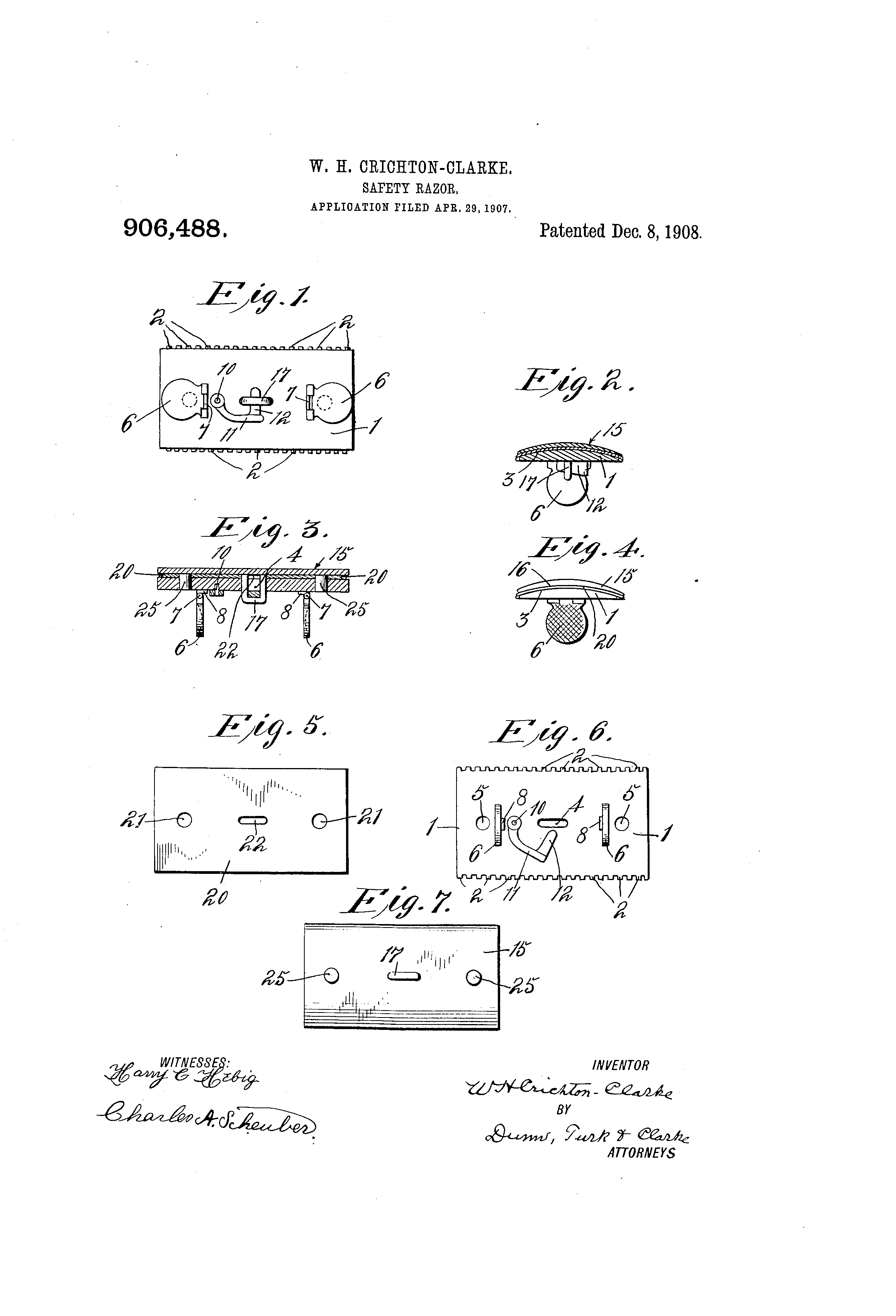Razor: Cadet TP-01
Blade: Persona Platinum
Brush: Semogue TSN LE 2012
Lather: Mike’s Natural Soaps Peppermint & Rosemary
Aftershave: Myrsol Aqua Balsamica
Additional Care: Alum Block & Scotch Porter Beard Balm
Monthly Archives: February 2018
Slumming it – experiments with various types of soaps and no brush
Last week I was running a little experiments; lathering soap without the benefit of a brush, as well as trying more common soaps – basically just put soap on face, rub to lather and shave with a BiC disposable. This was in part inspired be a comment someone made a few weeks ago on my favorite shave forum, partly inspired by curiosity (the things I do sometimes…).
First I tried with my trusty Arko Shavestick; result were a very thin layer of lather little less cushioning than when I use it with a brush, but quite acceptable – if you’re used to canned goo at least.
Second out was using Prairie Creations’ Goat Soap hand soap. Results were… okay, if you’re not used to proper shaving. Thin and patchy, didn’t want to stay put on my face. Glide but no cushioning at all. Something like a cream soap might have yielded better results, but I used the bar I had handy.
Last out was my regular shower gel… and I have to admit, the shave was slightly better than the hand soap, and almost on level with one of my brushless creams; glide but no cushion, and no post shave effect at all. I know people who shave in the shower with shower gel, and after giving it a go I pity them.
As to summarise… well, apart from the “what am I doing?”, it shows that you can shave with virtually any soap… it just wont be as good as a proper shave.
If you’re going on an extended hike and can’t find the space to pack a brush, a stick of Arko can suffice to give you a half decent shave while doubling as a general soap – while a general soap likely wont do double duty as a shave soap. But if you’re that hard up for space, why bring a razor?
Shave of the day 26th February
Shave of the day 23rd February
Razor: BiC Sensitive SE
Lather: BullDog Original Shower Gel
Aftershave: Nivea Cooling After Shave Balm
Additional Care: Alum Block & BullDog Original Beard Balm
A little too disposable – yet another old patent
If I told you that there is a patent for a disposable razor that is not only hygienic and sanitary, comes with lather and styptic, and that furthermore
is complete in itself and can be made readily available to the medical profession, in hospitals, offices, or on the highway miles from such olices and hospitals.
It can be made readily attractive for use by women as well as men, dispensed in stores of all kinds, hotels, highway bus and air stations in connection with all modes of transportation, beauty parlors and other places of business.
what would you say? Wondering where you might get hold of some of them, right?
There is just one problem… despite the fact that Mr Edward H Lyon applied for a patent in 1949 and got it granted five years later, it seems it never really took off. In part, I suspect, since it was mostly constructed out of paper or other inexpensive material – the only metal part was the blade – and by the description it would be hard to see it surviving more than a single shave. In essence, it was the forerunner to the modern day flimsy plastic disposable; just 40-50 years too early.
The razor was to be sanitized and packaged in a transparent, sterile bag with a supply of beard softening material, such as shaving cream, a blood coagulator such as a styptic pencil, and if desired an after-shaving preparation such as powder or the like inserted into the hollow handle to stiffen it during shipping.
Yes, the razor was expected to be so flimsy the handle needed support during shipping – how it were to stand up to actual shaving is anybody’s guess.
As for the description of the drawing;
Fig. 1 is an exploded View of a razor consisting of a holder and a blade in accordance with the present invention;
Fig. 2, a front elevation of the same in a bag;
Fig. 3, an end elevation thereof;
Fig. 4, a section on the line 4-4 of Fig. 3;
Fig. 5, a top plan view;
Fig. 6, a perspective of a modied form of handle;
Fig. 7, the blank used in making the handle of Fig. 6;
Fig. 8, a perspective of the tape and securing means as shown in Fig. 6;
Fig. 9, a fragmentary vertical section through a head similar to that of Figs. l to 5 but designed for a single-edge razor blade; and
Fig. 10, a similar fragmentary section for another type of single-edge blade.
I like the fact that Mr Lyon planned for not just DE blades, but two kind of SE as well. I don’t like the implied fragility of the handle though, and I have no idea how well a razor shaped from paper material would hold up to shaving.
Shave of the day 21st February
Razor: BiC Sensitive SE
Lather: Prairie Creations’ Goat Milk Soap
Aftershave: Nivea Cooling After Shave Balm
Additional Care: Alum Block & BullDog Original Beard Balm
Paradigm Shaveware Single Edge razor prototype pictures
See here. Looks like Paradigm Shaveware – who burst onto the shave scene about a year ago with their fully machined titanium razor that had certain people attack it without even trying it – are experimenting with a Single Edge razor.
Their take on the SE looks quite different from most I’ve seen, with a sliding top cap and two ball detents. The non-removable handle might be a deal-breaker for some, but I very seldom mix and match handles anyway, so I have no strong opinions for or against that design choice.
Shave of the day 19th February
Razor: BiC Sensitive SE
Lather: Arko Shavestick
Aftershave: Nivea Cooling After Shave Balm
Additional Care: Alum Block BullDog Original Beard Balm
Shave of the day 16th February
Razor: Merkur 25C Open Comb
Blade: Persona Platinum
Lather: Rise Shave Gel
Aftershave: BullDog Oil Control Moisturiser
Additional Care: Alum Block & Big Red Beard Oil
“Handle-less” safety razor patent
Way back in 1907 Mr William H Crichton-Clarke patented an improvement in safety razors on behalf of the Gillette Company. William had – as far as I can tell – two other shaving related patents; one for a simplified safety razor with fewer parts than the Gillette Old, and one for a blade-sharpening mechanism to hone the edge of razors blades.
The patent I’m having a look at today is one that would produce a very, very small razor consisting of basically nothing more than a top cap and a bottom cap with a blade fastened between them. Or in William’s own words;
…a strong, simple, durable, and inexpensive safety razor which is small and compact in construction, so that it can be carried conveniently in a vest pocket or the like.
The main claim of the invention is to have a razor with two folding handles that lie flat when not in use as shown in the drawing, and which can be held between thumb and index finger when shaving. For those who thinks that looks and sounds vaguely familiar, I covered a tiny little travel razor back in May of 2015 that works in much the same manner – so while the manner of execution is different, at least the concept got into production at one point.
Update: for more on the tiny little travel razor, see this post.







